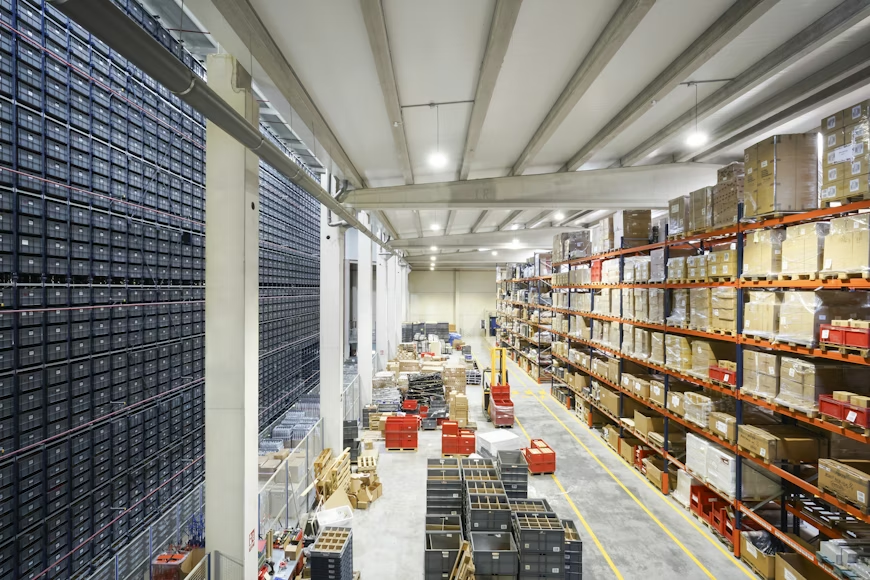South Korea’s economy has narrowly avoided a recession, displaying a slight rebound amidst challenging global economic conditions for the nation. Government figures released on Tuesday reveal a 0.3 percent growth in gross domestic product (GDP) during January-March, marking a recovery from the 0.4 percent contraction experienced in the final quarter of 2022. The technical definition of a recession involves two consecutive quarters of negative growth.
The turnaround can be attributed to an increase in the country’s exports compared to the previous quarter and an improvement in domestic demand. Private consumption emerged as the primary driver of growth, expanding by 0.5 percent, while exports saw a notable rise of 3.8 percent, bouncing back from a 4.6 percent decline in the preceding quarter.
Min Joo Kang, senior economist for South Korea and Japan at ING, noted that the reopening boost likely persisted, with robust consumption observed in leisure and tourism services. Factors such as the rapid decline in inflation from last year’s peak and stabilized market interest rates, as the Bank of Korea paused rate increases since January, likely contributed to increased consumption in the last quarter.
Despite this positive development, concerns persist about the overall outlook for South Korea’s economy, with expectations of a slowdown in 2023. The Organization for Economic Co-operation and Development (OECD) revised down its estimate for South Korea’s economic growth this year from 1.8 percent to 1.6 percent. In 2022, South Korea’s economy registered a growth rate of 2.6 percent, a deceleration from the 4.1 percent recorded in 2021.
Catch the latest in supply chain news on The Supply Chain Report. Visit ADAMftd.com for free international trade tools.
#SouthKoreaEconomy #RecessionAvoidance #EconomicGrowth #PrivateConsumption #ExportsRecovery #SouthKoreaGDP #LeisureTourismBoost #InflationDecline #BankofKorea #OECDGrowthForecast #EconomicOutlook

















